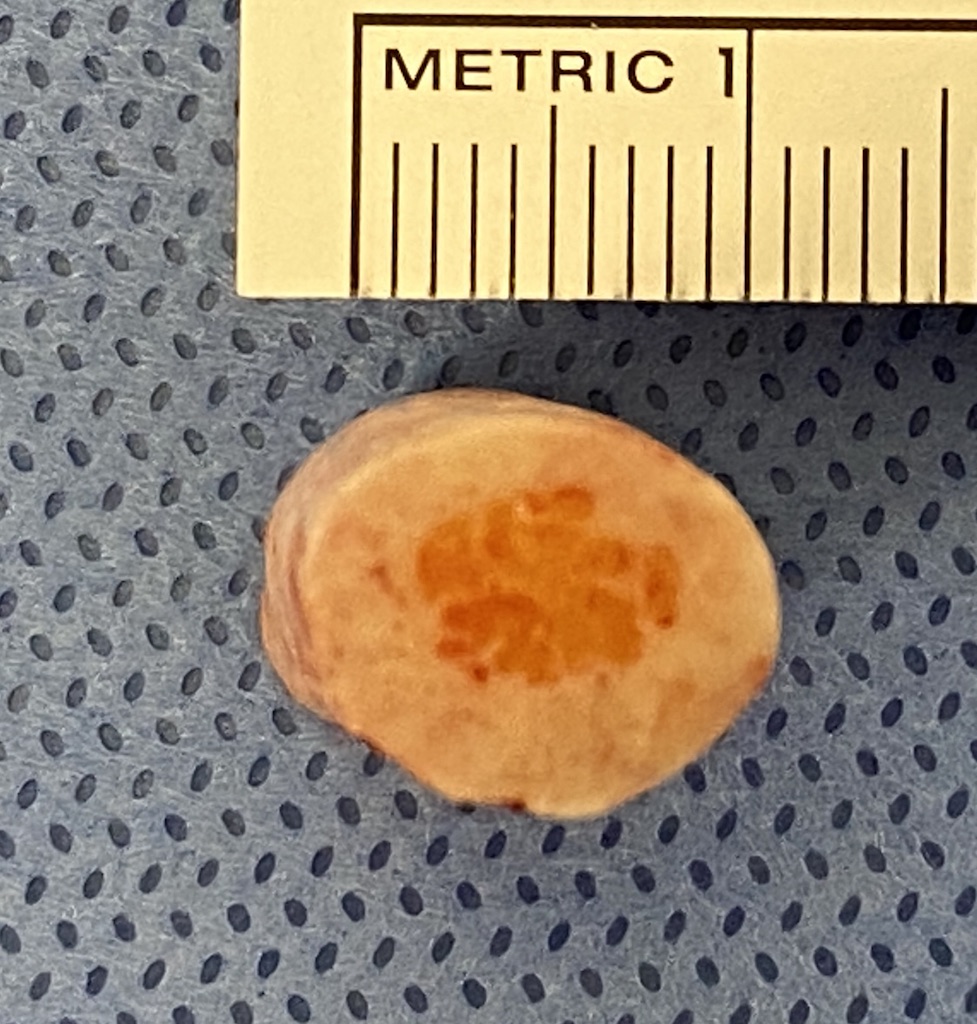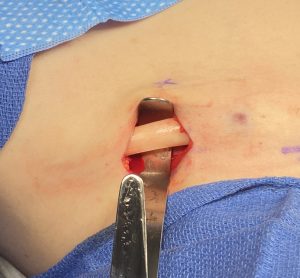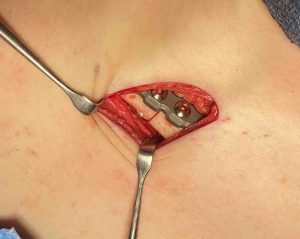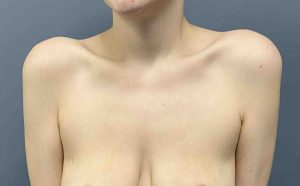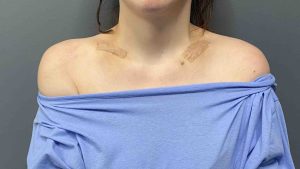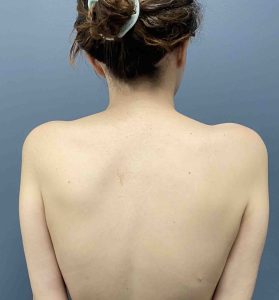Background: Shoulder reduction through clavicle reduction osteotomies can successfully reshape the outer appearance of the shoulders. It is most commonly requested in the transfemale patient where shoulder dysphoria can be significant. It has a high patient satisfaction rate andcomplication rates have been few. The need for secondary hardware removal has been limited to a handful of patients.
While the majority of shoulder reduction patients to date have been transgender there are cis-females who are also bothered by the appearance of their wider or more square shoulder shapes. These female patients may or may not have bideltoid measurements that are outside of the normal range. In performing clavicle reduction osteotomies on this female population the anatomic question is whether the shape of a genetic female clavicle poses different considerations for the surgery. The concept of the operation is the same but is the clavicle bone that is reduced any different.
There are established anatomic differences in the shape of the male vs female clavicle. Such differences are used in forensic identification. The male clavicle is longer, thicker and more curved while the female clavicle is a bit shorter and less curved. It also has less of a cross-sectional diameter.
Case Study: This thin framed female desired to have less broad and square-shaped shoulders. Her bideltoid measurement was 44cms. Despite this upper end of normal width her shoulders did appear broad.
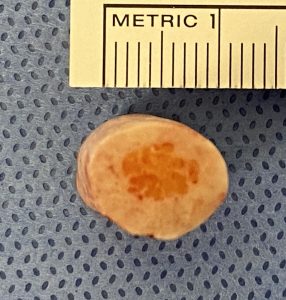
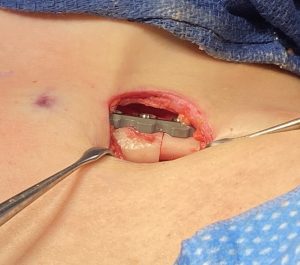
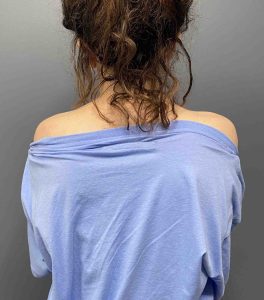
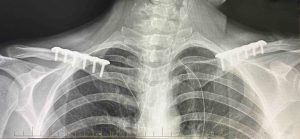
Case Highlights:
1) Shoulder reduction in cis-females can be just as effective at resolving shoulder dysphoria as in transfemale patients.
2) Cis-females have noticeable smaller clavicle size in thickness/diameter.
3) Because of the smaller clavicle thicknesses a single superior plate may be all the fixation that can be placed.
Dr. Barry Eppley
World-Renowned Plastic Surgeon

